
Are you looking for an equestrian property for sale?
Buying an equestrian property is an exciting project that requires careful preparation and a good understanding of the issues specific to this type of real estate.
Whether you're an individual horse enthusiast or a professional in the equestrian world, this comprehensive guide will take you through every stage of your acquisition, from the different types of property to administrative procedures, equipment requirements and financing options.
Equestrian properties fall into several categories, each meeting specific needs and objectives. Here are the main categories that can be found on the market, and in particular in the equestrian category of our site:
These properties are designed for private equestrian enthusiasts wishing to live with their horses. They generally comprise a main dwelling, a few boxes, one or more paddocks and sometimes a small arena. The surface area can vary from 1 to 10 hectares, depending on the owner's needs. These properties offer an ideal living environment for equestrian enthusiasts who wish to have their horses in the immediate vicinity and practice their hobby on a daily basis.
An equestrian center requires substantial facilities to welcome the public and provide lessons. These usually include a large number of boxes, one or more covered riding arenas, arenas, a clubhouse, sanitary facilities and sometimes accommodation for riders.
The minimum surface area is often 5 hectares, but can be well over 20 hectares for large centers. These structures are dedicated to teaching riding and organizing equestrian activities for all levels.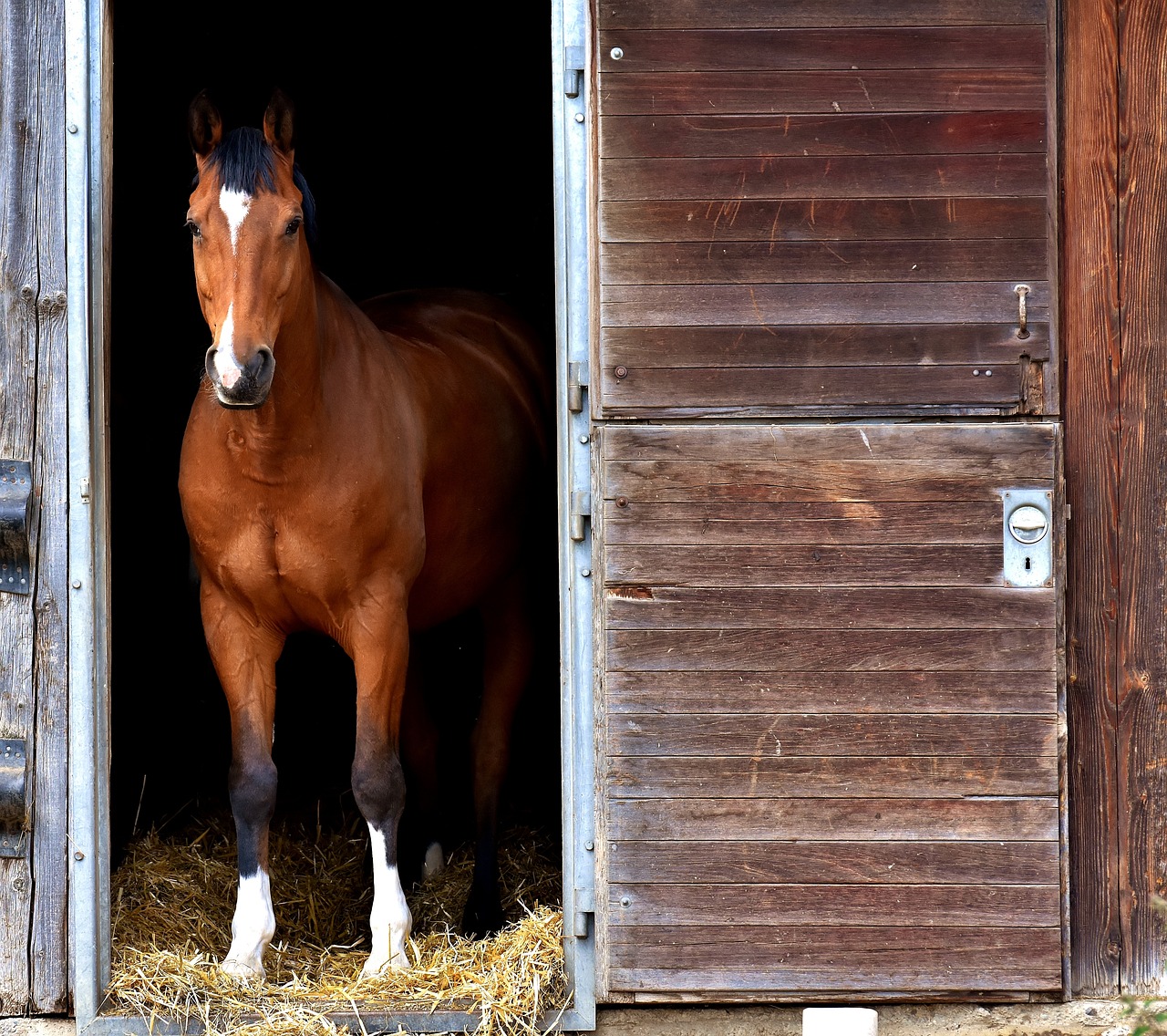
Owner stables are specialized horse boarding facilities. They offer quality accommodation and care for horses belonging to private owners.
These properties generally feature comfortable stalls, individual or shared paddocks, facilities for working the horses (arena, riding arena) and sometimes additional services such as coaching or horse preparation.
Stud farms are high-end equestrian properties dedicated to breeding thoroughbreds or training competition horses. They feature top-quality facilities, such as luxurious stables, Olympic-style riding arenas and special training tracks. Their surface area can vary from 20 to over 100 hectares.
Stud farms are often recognized for the quality of their breeding, and may include facilities for stud services and veterinary care.
These properties are designed to host recreational and tourist equestrian activities. They offer accommodation for riders, boxes for horses passing through, and direct access to hiking trails.
Equestrian gîtes often combine tourist accommodation with equestrian services, offering a complete experience for equestrian tourism enthusiasts.
Training centers specialize in preparing and training competition horses. They feature top-of-the-range facilities adapted to specific disciplines such as galloping, trotting or Olympic equestrian sports.
They usually feature specific training tracks, state-of-the-art equipment for monitoring the horses' physical condition, and sometimes facilities for accommodating riders and owners.
Each type of equestrian property has its own characteristics and responds to specific needs. Whether it's a personal or professional project, it's essential to clearly define your objectives before embarking on the purchase of an equestrian property. The choice of property type will influence not only the initial investment, but also future development possibilities and regulatory constraints.
A well-functioning equestrian property requires the right equipment to ensure the well-being of the horses and facilitate the work of the riders.
The heart of any equestrian property lies in its stables. Stalls must be spacious (minimum 9 m² for an average-sized horse), well ventilated and well lit. We recommend at least one stall per horse, plus a few extra for the infirmary or for horses passing through.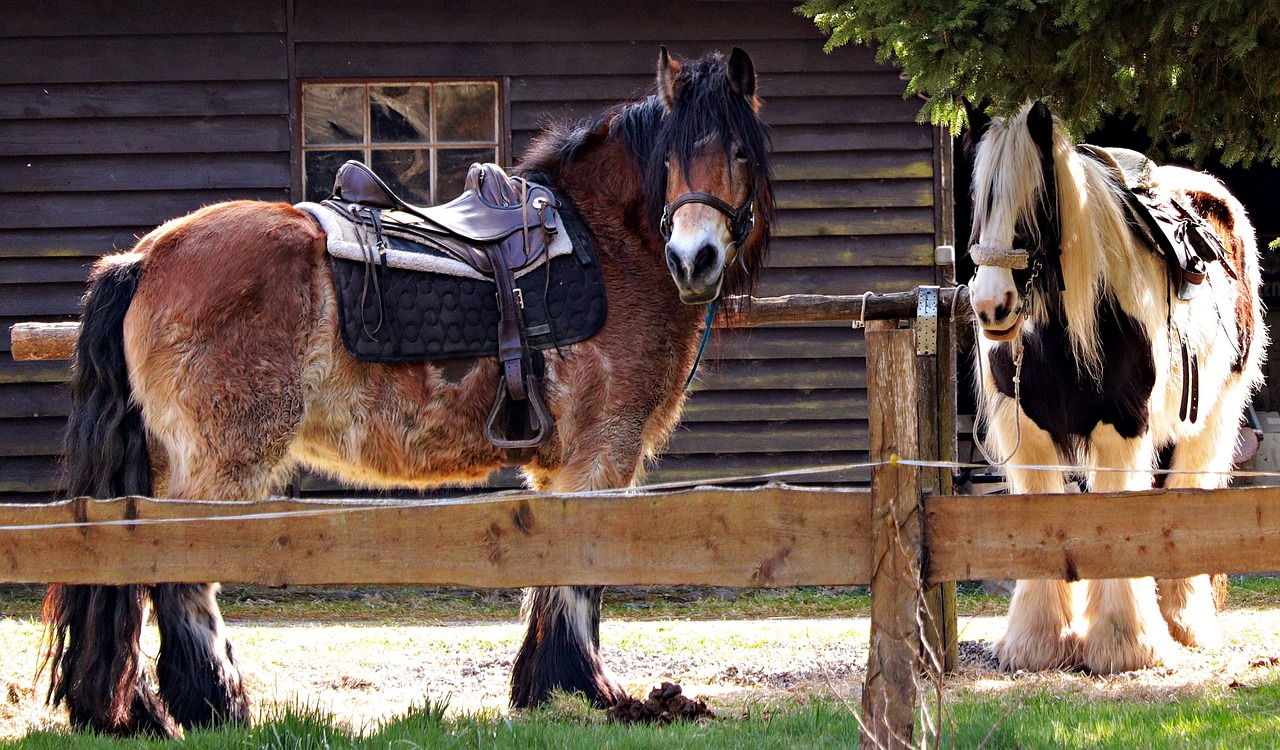
An outdoor arena is essential for working horses. It must measure at least 20x40 meters, with a floor suited to the discipline practiced. A covered riding arena, although more expensive, allows you to work in all weathers. Standard dimensions are 20x40 meters or 20x60 meters for dressage arenas.
Horses need space to relax and feed. Provide paddocks for daily outings and pastures for seasonal grazing. The recommended surface area is around 1 hectare for 2 to 3 horses. Appropriate fencing is part of the investment required.
A secure tack room is essential for storing equipment. You'll also need technical rooms for storing hay, straw and feed, as well as space for manure.
Depending on your needs, you may wish to consider additional equipment such as a walker, lunging ring, horse showers or solarium.
Financing an equestrian property can be complex due to the specific nature of this type of asset.
For individuals purchasing an equestrian property for personal use, a conventional mortgage may suffice. However, banks may be more reticent because of the specific nature of the property, which may result in higher interest rates or stricter conditions.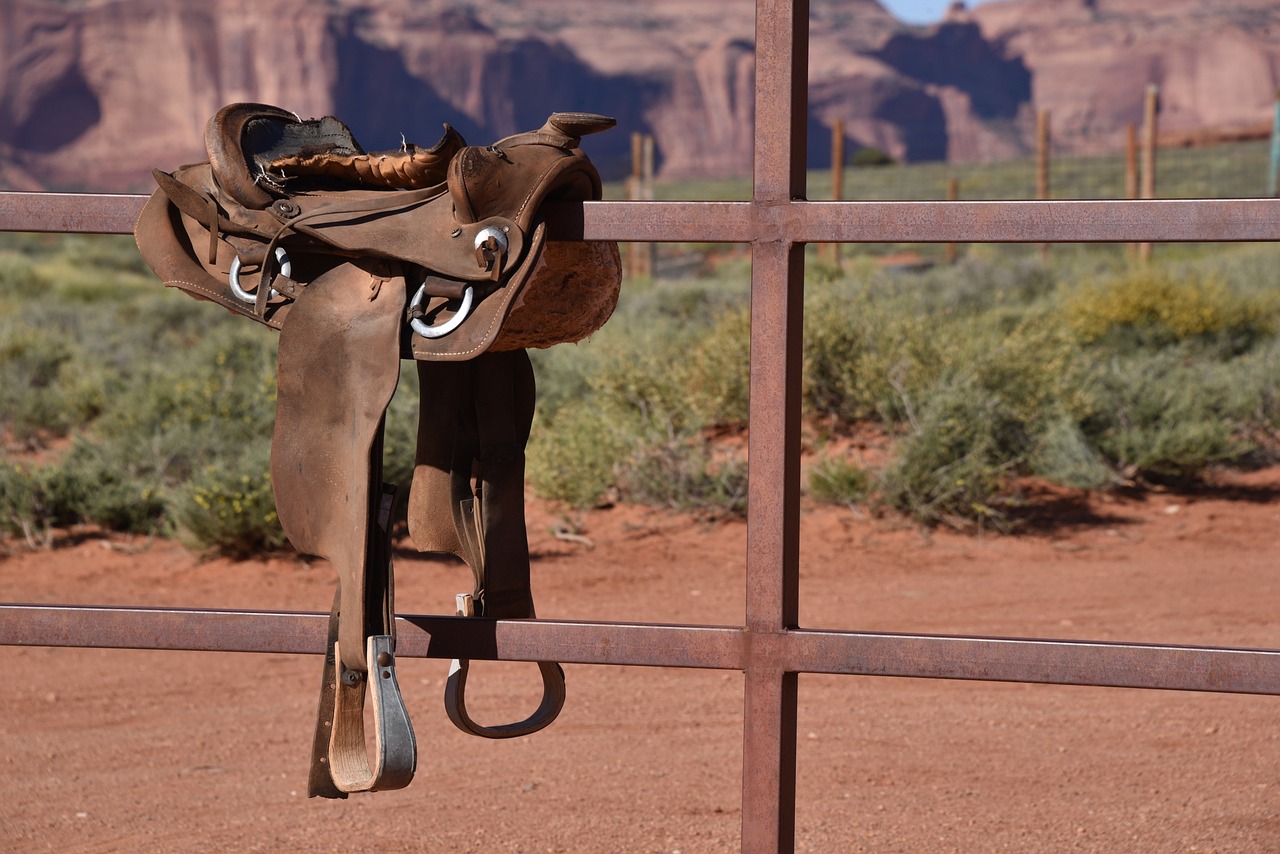
If your project has a professional dimension (equestrian center, breeding), you may want to consider a professional loan. These loans are generally better adapted to the specificities of equestrian properties, but often require a solid business plan. Given the risk involved in equestrian properties, banks often require a much higher level of self-financing than for the purchase of a principal residence or a traditional agricultural property.
In many cases, financing an equestrian property requires a mixed approach, combining a mortgage for the home and a business loan for the equestrian facilities.
Ask your local Chamber of Agriculture or local authorities for information on available grants. Some regions offer subsidies for setting up young farmers or developing equestrian activities. As equestrian activities are agricultural in nature, it is possible to benefit from installation subsidies as for any farmer.
For innovative or large-scale projects, crowdfunding or the search for private investors may be options to consider.
Buying an equestrian property involves a number of specific administrative procedures.
Make sure the land is classified as an agricultural zone or a zone suitable for equestrian activities. Consult the commune's Local Urban Plan (PLU).
Depending on the nature of your project, you may need to obtain various authorizations:
If you're buying an equestrian property that's already in operation, check that all the facilities are up to standard and have the necessary permits.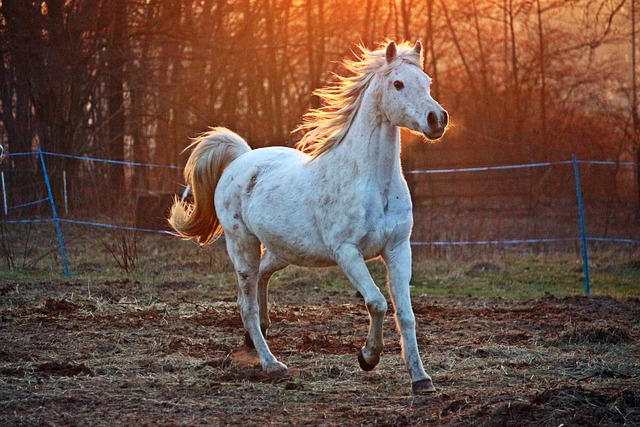
Choose the legal status best suited to your business (sole proprietorship, EARL, SARL, etc.) and register with the appropriate bodies (Chamber of Agriculture, Centre de Formalités des Entreprises).
Take out the necessary insurance, including professional liability if you welcome the public or board horses.
If your activity is considered agricultural, you'll need to join the Mutualité Sociale Agricole (MSA). To conclude this section, buying an equestrian property is a complex project that requires a good understanding of the different types of property, the equipment required, financing options and administrative procedures. The remainder of this guide will cover other essential aspects such as taxation, selection criteria and the costs associated with equestrian property.
Taxation of equestrian properties varies according to the nature of the activity and the legal status chosen. First of all, it's important to remember that equestrian activities are agricultural activities. With the exception of the following activities:
Income from equestrian activities is generally taxed in the agricultural profits (BA) category, whether the activity is carried out as part of a sole proprietorship or a company. It should be noted that the Micro BA regime is only available to individuals, and that it is possible to opt for the corporate income tax regime in the case of an agricultural company.
Equestrian activities are subject to different VAT rates: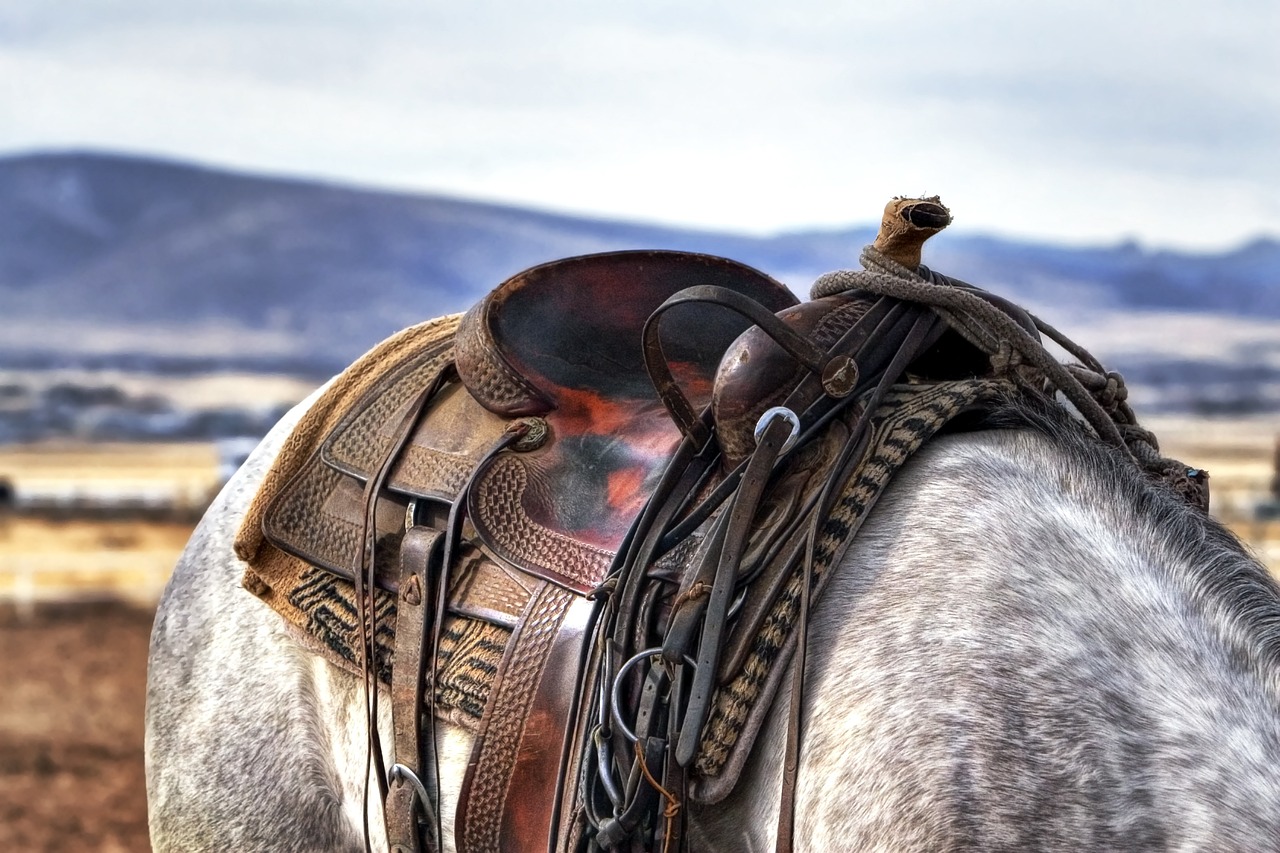
Operators of equestrian properties generally come under the agricultural social protection scheme managed by the MSA. Contributions are calculated on the basis of professional income.
Equestrian properties are subject to property tax on built and non-built properties. Certain exemptions may apply to farm buildings.
Here is a list of criteria to consider when buying an equestrian property:

The price of an equestrian property varies considerably depending on several factors:
Prices can range from simple to triple depending on the region. For example:
The price per m² varies according to the region, but on average :
Equestrian centers have special characteristics that need to be taken into account.
A riding school must meet the following standards in order to operate:
Certain facilities will be required
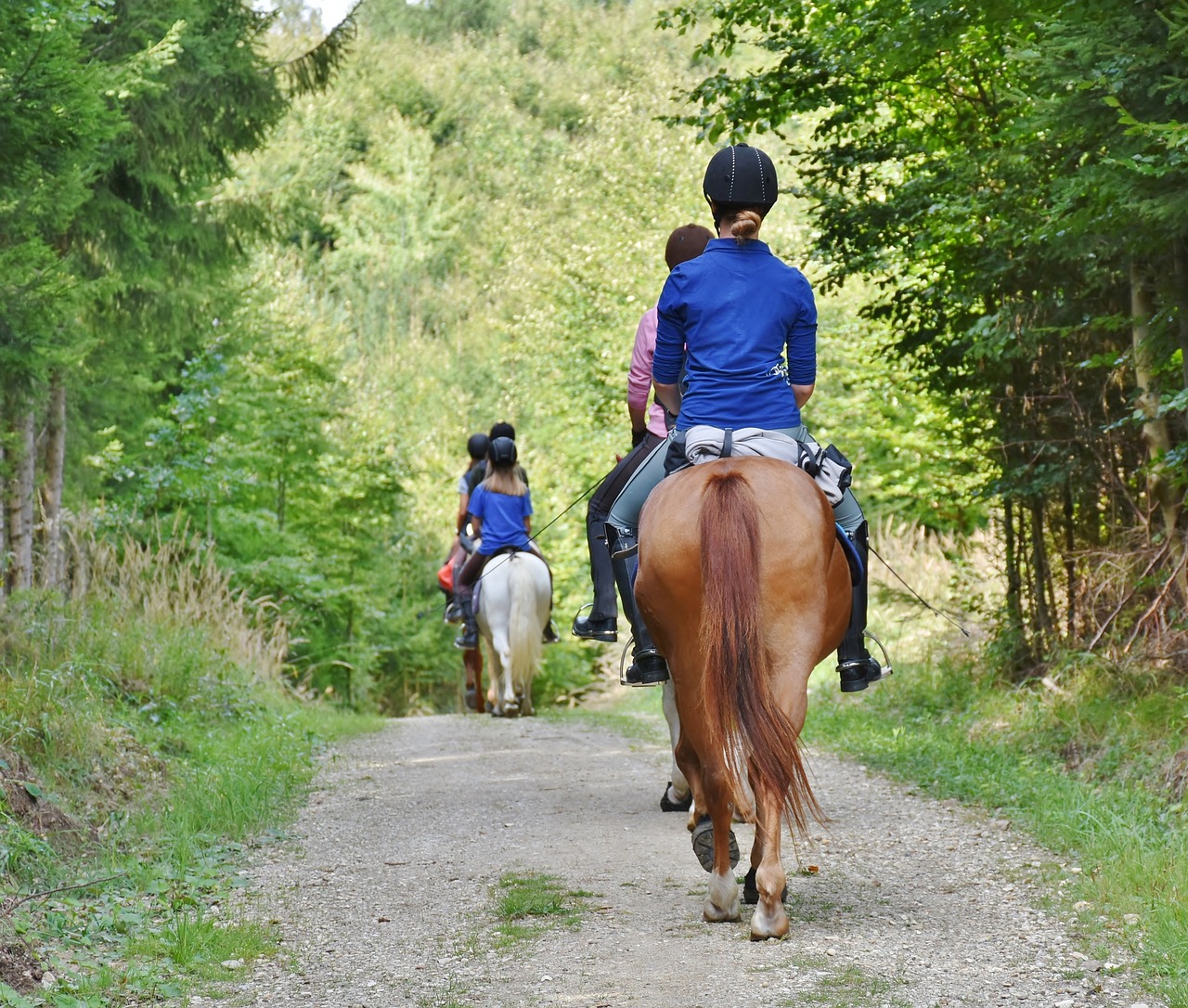
Supervising an equestrian center requires specific personnel:
It is also possible to add other activities to the equestrian center to diversify income:
Buying an equestrian property is a complex project that requires careful preparation and a good understanding of the issues specific to this type of asset. Whether you're considering an acquisition for personal use or as part of a professional project, it's essential to define your objectives clearly and take into account all the aspects covered in this guide.
The diversity of equestrian property types offers many possibilities, but also implies varying constraints and costs. A thorough analysis of your needs, budget and market opportunities will enable you to make the best choice.
Don't hesitate to enlist the help of professionals (specialized real estate agents, chartered accountants, legal experts) to support you in your project. Their expertise will help you navigate the technical, legal and financial aspects of buying an equestrian property.
Finally, keep in mind that the acquisition of an equestrian property is not only a real estate investment, but also a long-term commitment to the world of horses. It's an exciting project that can offer exceptional quality of life and unique professional opportunities for equestrian enthusiasts.
To learn more about buying an equestrian property, you can also consult the following articles: